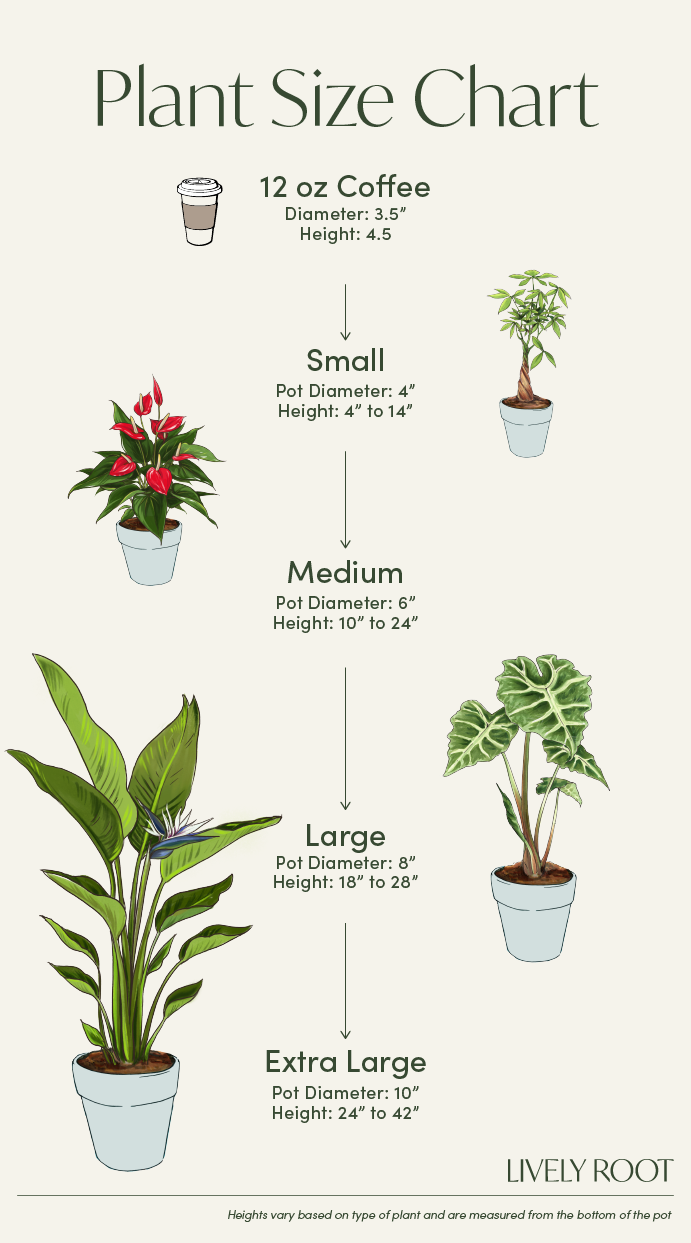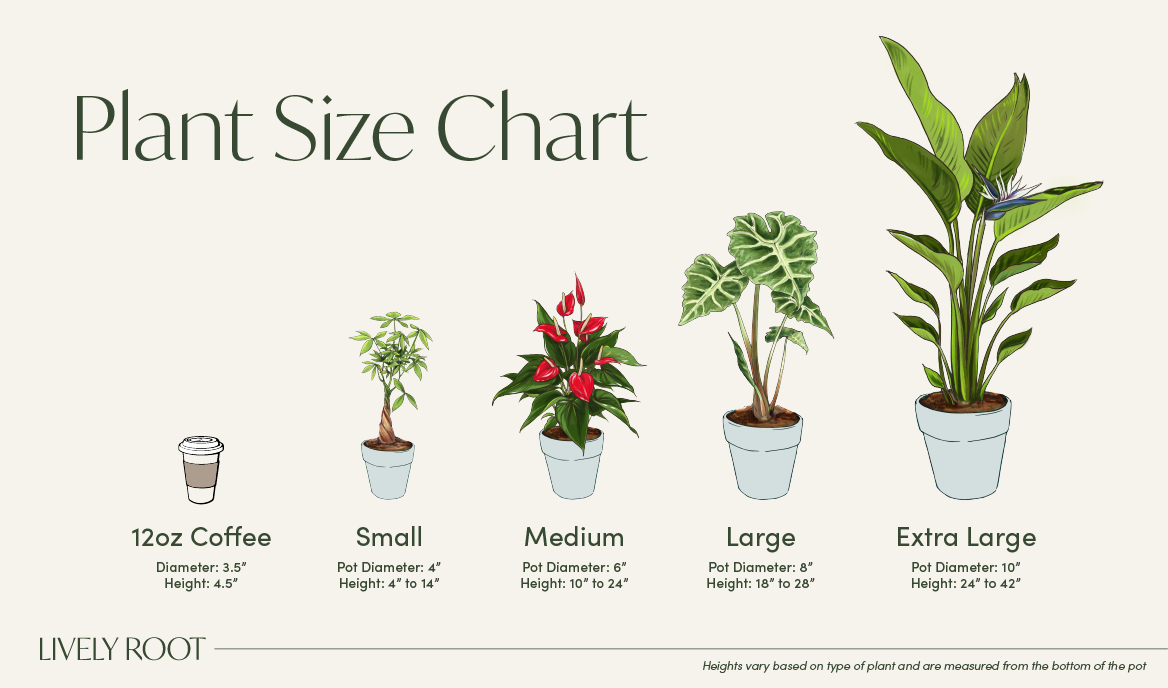

The rare and striking Philodendron Ring of Fire has arrived. This vibrant plant is known for its jagged, serrated leaves that feature a fiery mix of orange, red, cream, and lush green. Every leaf is a unique masterpiece, making it a true collector’s gem. Easy to care for and slow-growing, it thrives in bright, indirect light and adds an exotic flair to your space.
Philodendron 'Ring of Fire' Care Guide & Insights

This philodendron prefers bright, indirect light. Direct sunlight can scorch the leaves, while too little light can result in poor growth and dull leaf coloration. It's well-suited to living in spots with filtered light or a few feet away from a south or west-facing window.
Water your Philodendron when the top inch of soil feels dry to the touch. It's important not to let the plant sit in waterlogged soil, as this can lead to root rot. Ensure the pot has good drainage and reduce watering frequency in the winter months.
Philodendrons enjoy a humid environment. Aim for a humidity level of 50-70%. You can increase humidity by using a humidifier, placing the plant on a humidity tray, or regularly misting the leaves.
Philodendron 'Ring of Fire' thrives in warm, stable temperatures. It does best in temperatures ranging between 65°F and 85°F (18°C to 29°C). Avoid exposing the plant to temperatures below 55°F (13°C) as it can cause damage to the leaves and stunt growth.
Feed your Philodendron with a balanced, water-soluble fertilizer every 4-6 weeks during the growing season (spring and summer). Reduce feeding during the fall and winter months when the plant's growth slows.
Repot your Philodendron every 1-2 years or when it becomes root-bound. Choose a pot that is 1-2 inches larger in diameter than the current one and use a well-draining potting mix. Spring or early summer is the best time for repotting.
To keep your plant healthy and looking its best, clean the leaves monthly. Wipe them gently with a damp cloth to remove dust and debris. This not only enhances the plant's appearance but also improves its ability to photosynthesize.
Stem Cutting:
In early spring, take a philodendron cutting, use sharp pruners to remove a cutting from a tip off the vine. Cut at least 5-6 inches of stem to propagate with aerial root or nodes attached.
Place in a vase with water to root. Change the water each week with filtered, bottled, or tap water sitting at least 24 hours.
After 3-4 weeks, check to make sure the stem has 1-2 inch, well-formed roots. If so, it's time to plant.
*Fill a small container with drainage holes (too large of a container for the cutting will make it challenging to regulate watering needs) using an indoor well-draining potting mix.
Mix a little rooting hormone into the soil. Poke a hole in the soil with a pencil. Then, place the cutting in the hole and tamp the soil down around it.
Water the plant and keep it in medium to bright indirect sunlight. After 4-6 weeks, the roots should establish.
Division:
Divide the philodendron in the early spring when emerging from dormancy.
Pull from the container and cut through the roots with a sharp knife or pruners.
Repot in a rich, indoor potting soil mix.
Use a container 2 inches bigger than the root ball with drainage and is deep enough for the roots to grow. Place the roots at the same level as the previous pot adding soil at the bottom if necessary.
Set it in bright, indirect sunlight and water.
Check the moisture and humidity each day and add misting to keep the soil moist while the roots establish.
After 6-8 weeks, roots will begin to form.
Philodendron Ring of Fire Care & Buying Guide
Philodendron Ring of Fire: Overview
The Philodendron Ring of Fire (Philodendron wendlandii x P. tortum) has striking, toothed leaves with a unique variegated pattern. It is a relatively rare plant and will grow as a climber if given the chance. A mature Ring of Fire Philodendron boasts beautiful variegated leaves with cream, orange, and red splashes.
This unusual Philodendron is a tropical plant that thrives in warm temperatures and is hardy in hardiness zones 10-11. The Ring of Fire Philodendron belongs to the Araceae family and prefers bright but filtered sunlight and medium humidity. It’s toxic to pets and should be kept out of their reach. The Ring of Fire Philodendron plant symbolizes prosperity and good fortune.
Other eye-catching Philodendron plants to include in your plant collection are the cheerful Pink Princess Philodendron and the dramatic Philodendron Black Cardinal.
Philodendron: Benefits
- Great at purifying the air
- Unique fiery foliage
- Can be grown cascading from hanging baskets
- It’s easy to care for
- Ideal statement plant for living rooms or offices
Philodendron Ring of Fire: Care Guide
Relatively easy-going, the Philodendron Plant Ring of Fire is a perfect indoor plant suitable for beginners. To provide the best growing conditions for your plant, follow these simple Philodendron Ring of Fire care tips:
Watering and Humidity
Be careful not to overwater your Philodendron as it can be susceptible to root rot. Decrease watering in winter, and check that the top inches of the soil are dry before watering. Use filtered water or tap water that’s been left sitting for 24 hours for watering. The Philodendron Ring of Fire Variegata enjoys 60% humidity. Use a humidifier or keep this plant grouped with other plants to increase moisture in the air.
Light and Temperature
For the best Ring of Fire Philodendron care, place your plant in a spot with bright, filtered light or partial shade outdoors. Keep it away from direct sunlight, as it can scorch its leaves. The best temperatures for your Philodendron plant are between 65°F and 85°F. This plant is sensitive to cold temperatures and drafts.
Soil, Feeding, and Repotting
Use a well-draining potting mix enhanced with compost for your Philodendron Ring of Fire. Feed with a balanced liquid (or water-soluble) fertilizer every month during spring and summer. Fertilize less frequently during winter and fall. Repot about once every two years, using a 2-inch larger pot with drainage holes.
Propagation
Philodendron Ring of Fire propagation is easy; you can grow new plants from stem cuttings. Take 5 or 6-inch cuttings with a node attached and place them in water, changing it regularly, or in soil. You can also divide a large Philodendron Ring of Fire in spring when repotting to form several plants.
Pruning, Cleaning, and Common Issues
The Philodendron Ring of Fire is relatively slow-growing and doesn’t require strenuous pruning. You may need to trim your Philodendron Ring of Fire more frequently when mature to keep it in shape. Clean with a soft, damp cloth to remove dust from the leaves.
Yellowing leaves are usually a sign of overwatering. Brown, crisp leaf tips show that your plant isn’t getting enough water, while stunted growth or curling leaves often indicate exposure to cold temperatures or dry air. If your Philodendron’s signature glowing colors are fading, the reason is likely low light. In dimmer lighting, the Philodendron Ring of Fire may lose its variegated pattern, and its foliage will get greener.
Ring of Fire Philodendron: Placement, Companion & Alternative Plants
Spectacular and attractive, the Philodendron Ring of Fire draws attention wherever you put it, and its beautiful foliage will add a distinctive exotic touch to your interior.
Best Locations & Uses
- Ideal for bedrooms because of its strong air-cleansing properties
- Unique gift plant
- Perfect for plant lovers with no pets
- Suitable as a porch plant in warmer climates
- Ideal for novice gardeners due to its easy-care needs
Companion Plants
This rare Philodendron plant will look fabulous when grouped with other leafy plants:
- Fiddle Leaf Fig Tree (Ficus lyrata): The verdant, glossy leaves of the Fiddle Leaf Fig Tree have a distinctive violin shape that makes it a favorite in interior design.
- Golden Pothos Plant (Epipremnum aureum): Beautiful and undemanding, the Golden Pothos is perfect for any space, especially spectacular when displayed in hanging containers.
- Philodendron Birkin (Philodendron 'Birkin'): Slow-growing and relatively compact, the emerald green Philodendron Birkin is a popular plant for offices and homes due to its attractive foliage and relatively easy care requirements.
Alternative Plants
If you’re looking for lush plants that will be safe to keep around your pets, here are some lovely pet-friendly plant options:
- Calathea Rattlesnake (Calathea lancifolia): With bright and unusual patterns on its leaves, Calathea Rattlesnake is a showy, eye-catching plant that’s safe for cats and dogs and looks stunning in tropical plant displays.
- Spider Plant (Chlorophytum comosum): One of the top air-purifying plants according to a study by NASA, the Spider Plant has long, airy leaves that cascade beautifully, aiding relaxation and improving air quality.
- Peperomia Ginny (Peperomia clusiifolia 'Ginny'): With cream and green leaves edged in pink, Peperomia Ginny is a charming, small plant that is easy to care for and symbolizes friendship and luck.
Get the Philodendron Ring of Fire Today From Lively Root
Brighten your home or office with a spectacular Ring of Fire Philodendron for sale from Lively Root!


















